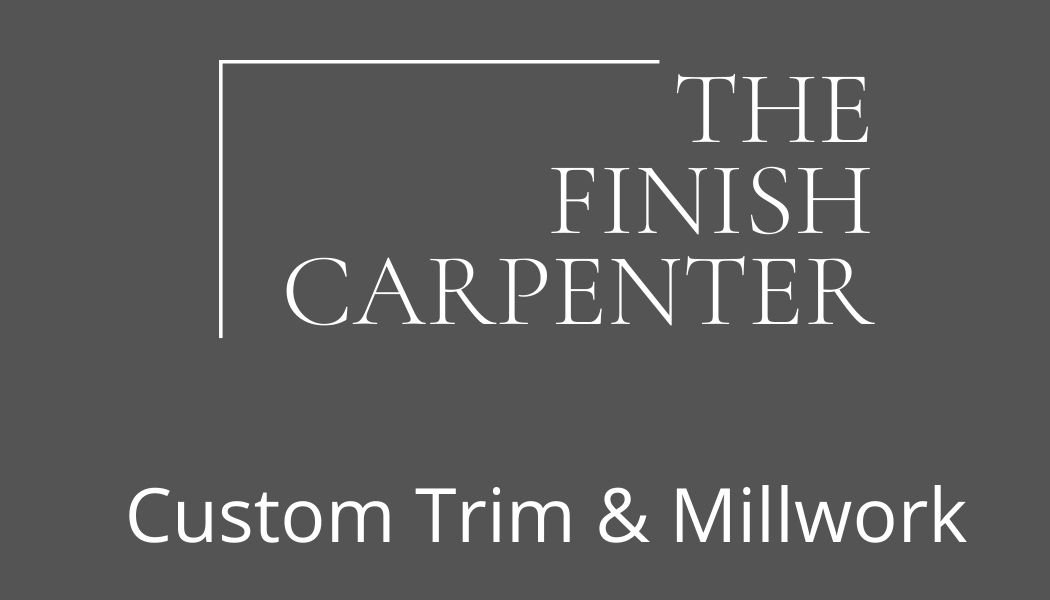Are built-in units built into the wall?
Built-in wall units refer to customized and integrated storage or functional elements that are constructed as part of the wall structure in a building. These units are designed to seamlessly blend with the overall architecture and design of the space. Here's an updated overview of built-in wall units:
Design and Planning:
Collaboration: Work closely with interior designers, architects, and clients to understand the specific needs and design preferences for the built-in wall units.
Functionality and Features:
Customization: Tailor the design to meet the functional requirements of the space, incorporating features such as shelving, cabinets, drawers, and niches.
Technology Integration: Consider integrating technology elements, such as concealed wiring for audio-visual equipment or built-in charging stations.
Material Selection:
High-Quality Materials: Choose durable and aesthetically pleasing materials, taking into account factors like wood species, laminates, or other finishes that complement the overall design scheme.
Measurement and Precision:
Accurate Measurements: Take precise measurements of the wall space to ensure a perfect fit and alignment with other architectural elements.
Incorporate Details: Consider architectural details like moldings, trims, or paneling to enhance the visual appeal of the built-in units.
Construction Techniques:
Cabinet Construction: Employ traditional cabinet-making techniques for constructing shelves and cabinets, ensuring strength and durability.
Joinery: Use precise joinery methods, such as dovetail joints or mortise and tenon joints, for structural integrity.
Finishing:
Surface Finishes: Apply finishes that align with the overall design theme, including paint, stain, or lacquer. Ensure a smooth and cohesive appearance across the entire wall unit.
Hardware Selection: Choose hardware such as handles, knobs, or hinges that complement the design and functionality of the built-in units.
Installation:
Professional Installation: Install the built-in units with precision, ensuring a seamless integration with the surrounding walls and architectural elements.
Secure Attachment: Use appropriate methods to securely attach the units to the wall, providing stability and safety.
Multi-Functional Design:
Versatility: Consider multi-functional design aspects, such as convertible shelves or hidden compartments, to maximize the utility of the built-in units.
Lighting Integration:
Ambient Lighting: Explore the incorporation of ambient or accent lighting within the units to enhance visual appeal and functionality.
Client Satisfaction:
Final Inspection: Conduct a final inspection to ensure that the built-in wall units meet the client's expectations in terms of design, functionality, and craftsmanship.
Custom Built-in wall units can add both practicality and aesthetic value to a space, offering a tailored solution that maximizes storage and complements the overall design vision. Finish carpenters play a crucial role in the construction of built-in wall units, bringing precision, craftsmanship, and attention to detail to create functional and aesthetically pleasing elements.

